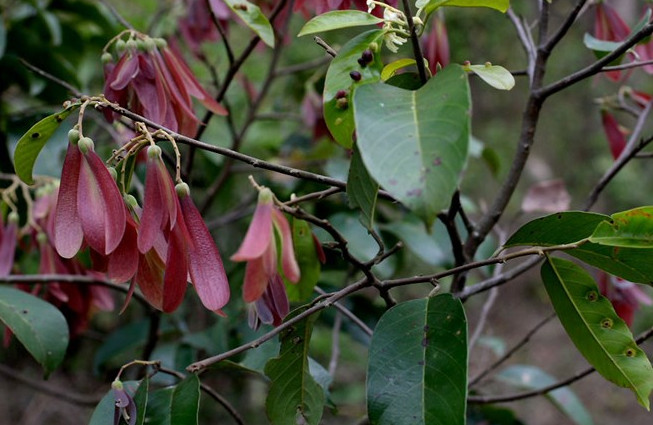About 50% of natural history specimens may be being mistakenly named
Up to 50% of natural historical specimens stored in museums around the world may be misquoted.
Half of the world's natural history specimens were misbranded
In a statement on Nov. 16, Oxford expert Robert Scotland on Oxford University's crop science said that many areas of biological science, including academic research on evolution and conservation, were highly dependent on determining the exact name of the species. Without this accuracy, the global data set will no longer be meaningful due to the loss of connectivity to external reality.
The Scottish team studied 4,500 specimens of the African Aframomum genus of the ginger family. A detailed monograph study of this variety was completed in 2014, providing a highly accurate set of records for all species of this breed and the specimens currently stored in the world.
According to the research team, before having this set of records, at least 58% of the specimens of this variety were either misidentified, inaccurate or obsolete, or only identified as the ginger family. Since only a few varieties have been studied in the monograph so far, scientists believe there are still a large number of specimens that are still suffering from this confusion.

Illustration.(Source: biotik.org).
In addition, the team also found a number of cases with the same name but different names of plants in different museums. Analysis of 21,075 specimens of the Dipterocarpaceae , a family of Asian tropical forests, showed that up to 29% of the samples fell into this situation.
The same error is found in the online data system. Scientists scanned data from Ipomoea - a large and diverse family of plants including sweet potatoes - in the Global Biodiversity Information Base database. Test results of 49,500 specimens from the Americas show that 40% still use obsolete old names instead of updating new names, 16% with false and meaningless names. Even 11% of the samples do not have a name and only identify them.
According to experts, there are 3 main reasons for this situation.First , the academic community has not had enough time to conduct detailed monograph studies for each species. Secondly , the number of global specimens is increasing with the speed of research difficult to keep up, 50% of the statistical specimens in 2000 were collected after 1969.
And finally , there are too many museums and plant storage rooms that make it difficult for experts to cover all specimens.
Zoe Goodwin, an author who participated in the study published in the American journal Current Biology, believes that up to 50% of current natural history samples are being mistakenly labeled.
- Revealing the secret of the place to store the whole world
- Consumption of a 230-year-old French plant was destroyed by Australian customs
- Discovering animals 'never before seen in life'
- Discover new dinosaurs
- Nursery for Vietnam's first natural history museum
- The information you can mistakenly believe
- China announced rare marine specimens at a depth of 500m
- Prepare to build the first natural history museum in Vietnam
- The Ministry of Agriculture wants to ban all rhino specimens
- Record new bats in Vietnam
- Specimen worth 800 million USD
- NASA creates hundred-ton rockets that collect specimens from planets
 Why do potatoes have eyes?
Why do potatoes have eyes? 'Tragedy' the world's largest carnivorous life: Death becomes ... public toilet
'Tragedy' the world's largest carnivorous life: Death becomes ... public toilet Tomatoes were once considered 'poisonous' for 200 years
Tomatoes were once considered 'poisonous' for 200 years Detecting microscopic parasites on human face
Detecting microscopic parasites on human face The only museum not for the faint of heart in Vietnam
The only museum not for the faint of heart in Vietnam  Findings show: Earth has 2 new species of tyrannosaurs
Findings show: Earth has 2 new species of tyrannosaurs  China announced rare marine specimens at a depth of 500m
China announced rare marine specimens at a depth of 500m  Discovering animals 'never before seen in life'
Discovering animals 'never before seen in life'  100 brains disappear mysteriously
100 brains disappear mysteriously 